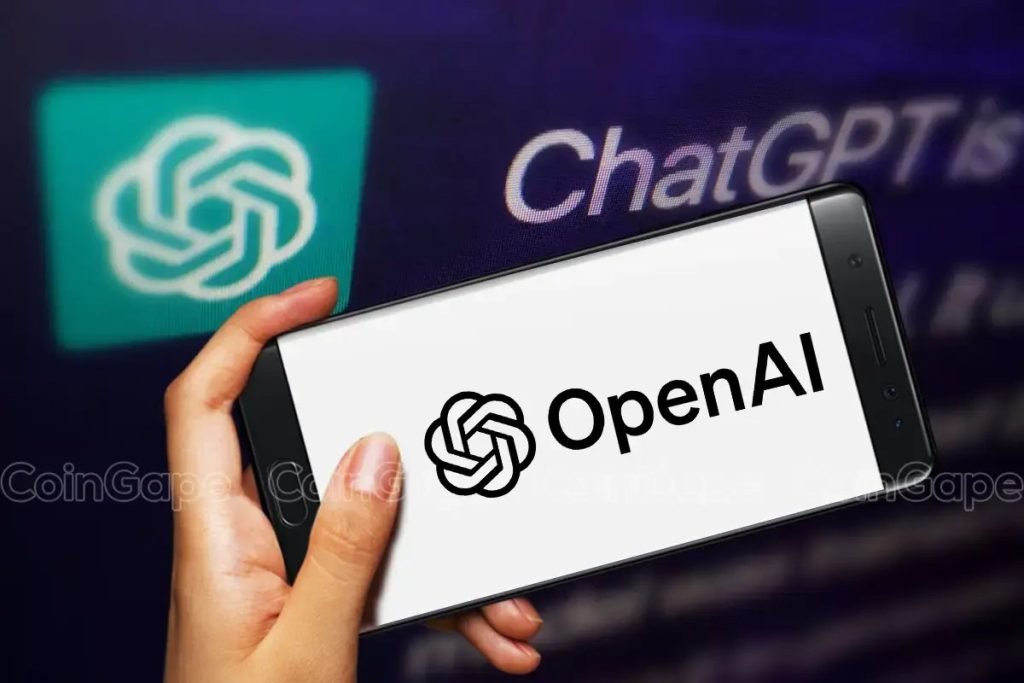The Future of AI: OpenAI’s New Open-Weight Language Model
OpenAI has recently announced its plans to launch a new open-weight language model, marking a significant milestone since the release of GPT-2. This new model is anticipated to arrive in the coming months and reflects OpenAI’s commitment to advancing the capabilities of artificial intelligence. OpenAI’s CEO, Sam Altman, expressed enthusiasm on social media about the model’s potential for strong reasoning abilities, designed to simplify usage for developers and organizations. This announcement not only emphasizes the company’s ongoing innovation but also signifies a shift towards more accessible AI solutions.
The introduction of this open-weight model comes at a time when OpenAI has consistently pushed the boundaries of AI technology. Since the rollout of ChatGPT in 2022, the platform has transformed various text-based interactions globally, enabling users to engage more meaningfully with AI. Moreover, the recent innovations, including the launch of Sora, an advanced video generation model, and voice Chat, have further solidified AI’s role in everyday life. OpenAI’s transition towards open-weight models represents a pivotal development, allowing organizations and developers to customize these models according to their specific requirements.
This forthcoming model’s main advantage lies in its open-weight nature, promoting greater customization and personalization for different sectors. Its release could revolutionize how businesses, developers, and governments deploy AI solutions, particularly for self-hosted models. Such flexibility can lead to broader adoption across various industries, fostering diverse applications tailored to specific needs. By making AI accessible and adaptable, OpenAI aims to encourage innovative solutions that fit a wide array of use cases.
Before the public launch of the open-weight model, OpenAI is keen to involve developers to enhance the model’s efficacy and security. This engagement will take the form of a series of events starting in San Francisco, with subsequent gatherings planned in Europe and the Asia-Pacific region. Developers who participate will gain early access to prototypes and have the opportunity to explore potential applications. Altman assured that OpenAI intends to implement a robust preparedness framework to evaluate the model’s effectiveness and safety, addressing the inherent risks associated with open-weight AI systems.
As OpenAI delves deeper into the creative possibilities of AI, we have witnessed the impact of AI-generated content, particularly in niches like Studio Ghibli-style artwork. Since the addition of image generation capabilities to ChatGPT-4o, a wave of creativity has surged, leading to users creating artworks reminiscent of the beloved animation studio’s style. Even high-profile figures like Elon Musk have engaged with this trend, showcasing AI’s influence on modern artistic expression. The upcoming release of OpenAI’s new model will likely catalyze further experimentation in AI-generated content, potentially redefining the creative landscape.
In summary, the impending launch of OpenAI’s open-weight language model heralds a new chapter in the evolution of artificial intelligence. By prioritizing developer involvement and focusing on customization, OpenAI aims to foster innovation while addressing security concerns. This initiative enables organizations to adapt AI technology to meet their unique challenges, setting the stage for widespread adoption across multiple sectors. As AI continues to evolve, it is poised to reshape not just industries but also the way we create and interact with digital content, suggesting an exciting future ahead for artificial intelligence and its many applications.


